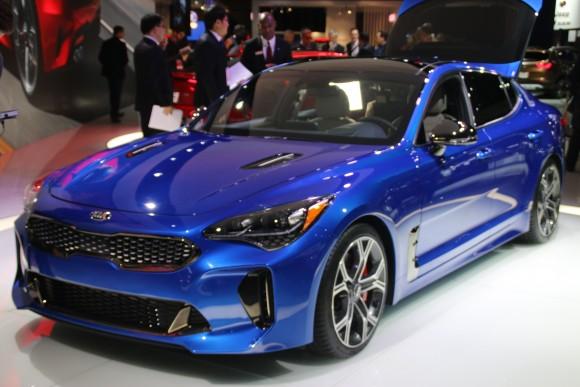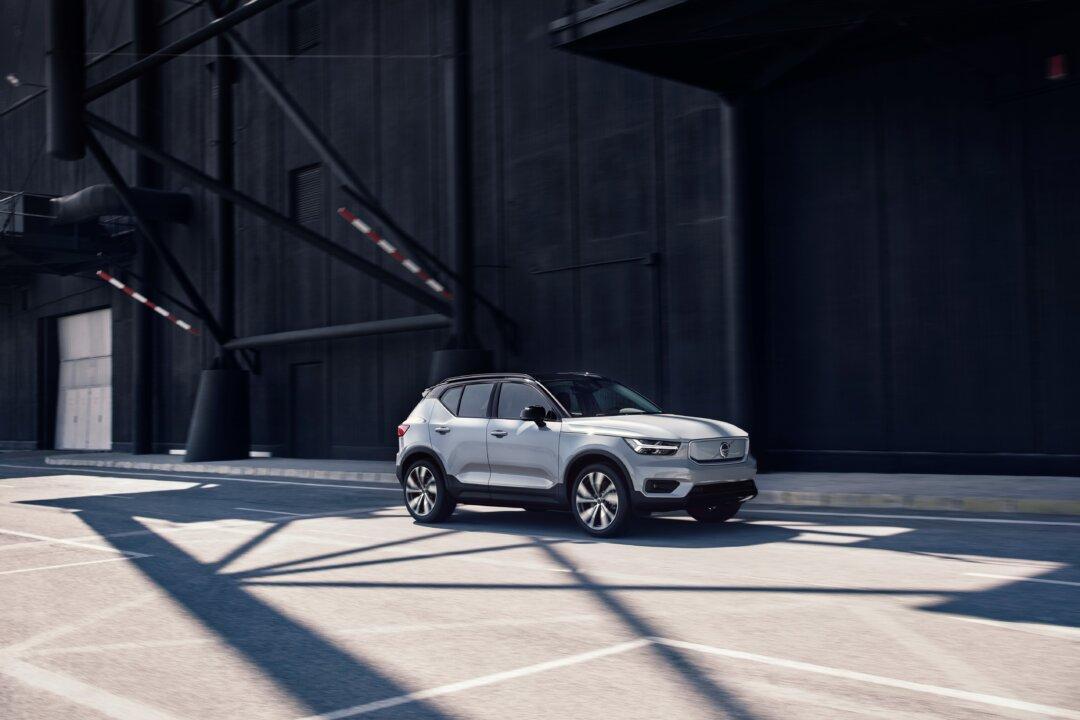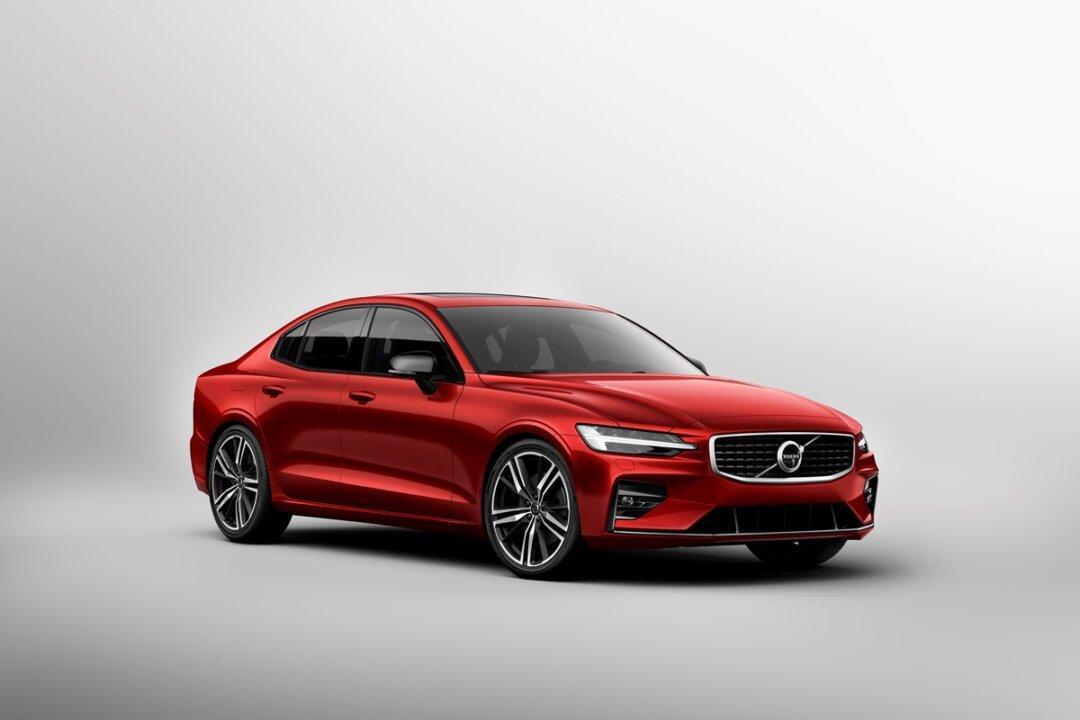At the beginning of every calendar year for some time now, auto show season begins in earnest for eager OEMs, anxious to present their latest and greatest design and engineering automotive creations to an eagerly anticipating world. This year was no exception.
Manufacturers proudly presented and displayed vehicles soon-to-be-available in dealer showrooms around the continent. Some showed so-called concept vehicles that may well be built within a year or so with a few tweaks, based upon feedback. Others demonstrated their acumen by showing the world concepts of what might be–at some point in the foreseeable future.
No matter, at the North American International Auto Show in Detroit, there was something for everyone.
At this show, automotive manufacturers were there with armies of designers, engineers, product experts and, of course, senior executives—all on hand to outshine their competition in this fast-paced, ever-changing automotive environment.
If there was a theme to this year’s spectacle, it would be around the looming presence of semi-autonomous and autonomous cars. More on that later.
In spite of this, there was the noticeable absence of a couple of premium manufacturers from the floors of Cobo Hall—specifically, Jaguar Land Rover and Porsche.
Regardless, in no particular order, what follows are some of the new innovative vehicles which caught our attention over the two days the show was open to international media. To be clear, there were three traffic-stopping incidents at this year’s show: the weather – downtown Detroit attempting to handle a snow fall; when Joe Biden, America’s Vice President showed up, ostensibly shopping for a new Corvette; and our first featured car.
Kia Stinger GT





